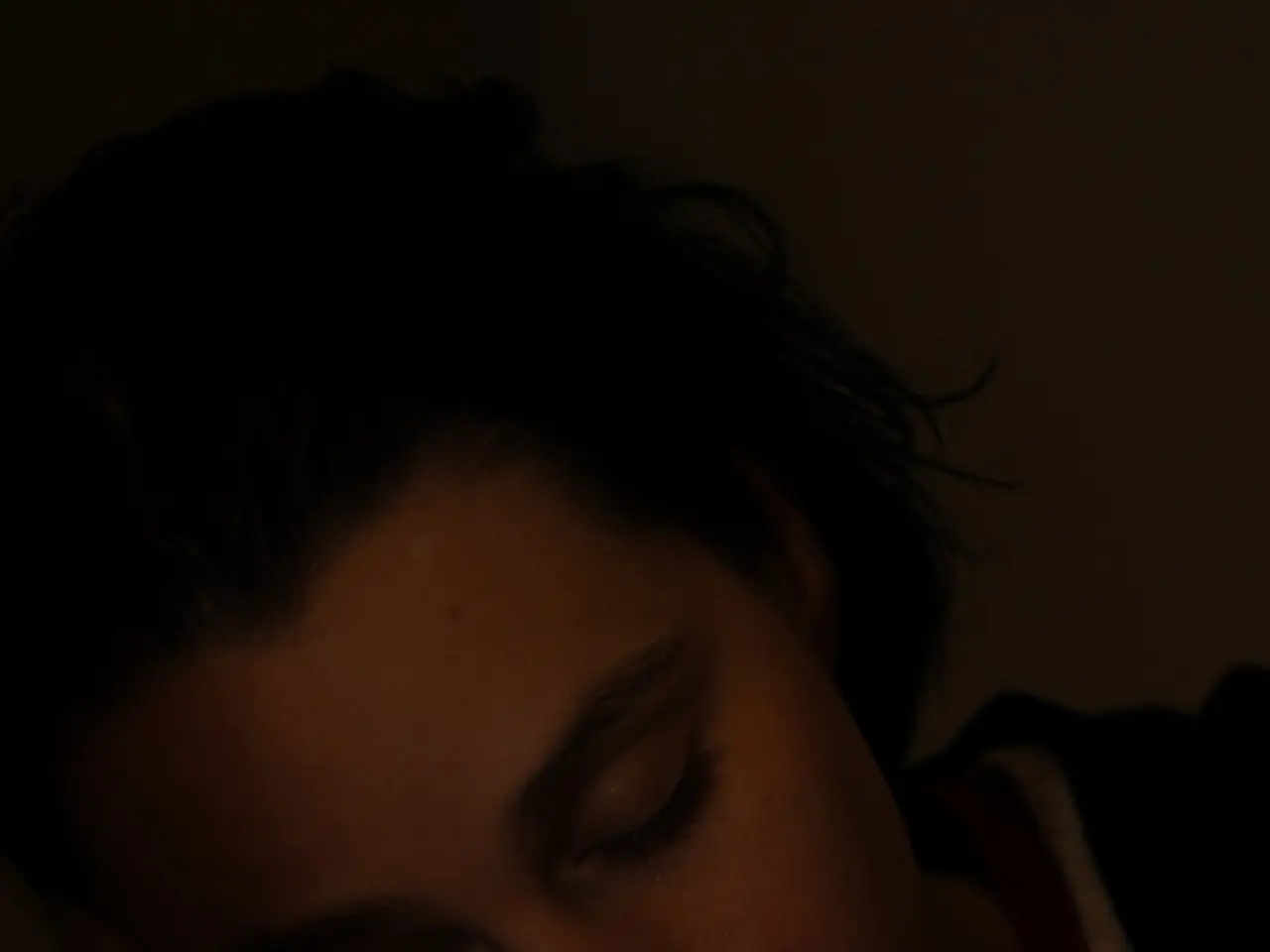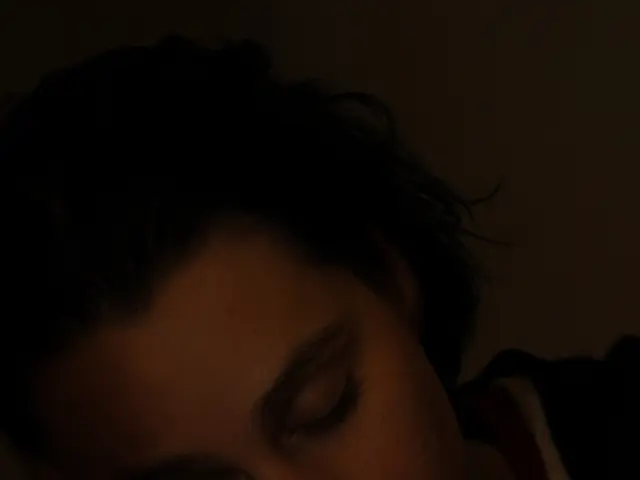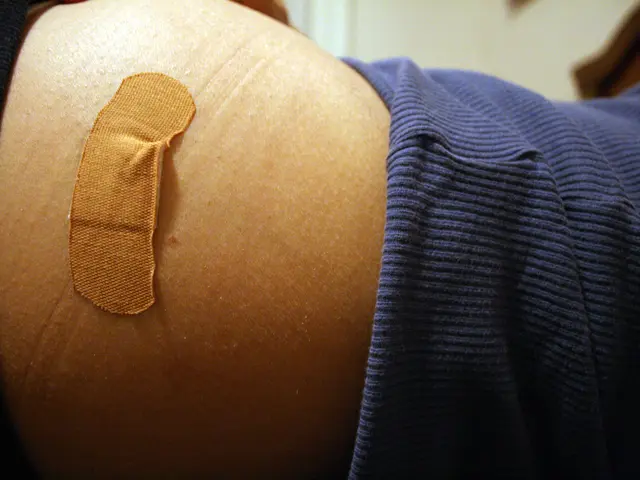Open-Eyed Sleeping: Exploration, Origins, and Security Concerns
Nocturnal Lagophthalmos, a condition characterised by incomplete eyelid closure during sleep, can cause a range of eye issues and discomfort. This article explores the common causes, symptoms, and treatment options for this condition.
### Common Causes
Nocturnal lagophthalmos is often linked to facial nerve damage or dysfunction, such as Bell’s palsy or trauma. Other factors include anatomical eyelid abnormalities, thyroid eye disease, or eyelid scarring that prevents full closure.
### Symptoms
Dry eyes or irritation upon waking, caused by increased evaporation of tears since the eyes remain partially exposed during sleep, is a common symptom. Redness and discomfort, including a gritty or burning sensation, are also prevalent. In some cases, more severe complications like corneal abrasions or infections can occur due to inadequate eye protection at night.
### Treatment Options
Treatment typically focuses on protecting the eyes with lubricants, moisture retention devices, and managing any underlying conditions to prevent complications. Lubricating eye drops or ointments used before sleep can maintain moisture and protect the cornea. Moisture goggles or eye patches help create a humid environment around the eye and physically prevent eye exposure during sleep.
In some cases, addressing the underlying cause (such as facial nerve issues) is necessary. For persistent or severe cases, surgical interventions to aid eyelid closure may be considered. New hydrating overnight treatments and specialized eye care products are also recommended by eye specialists to relieve symptoms.
### Lifestyle Adjustments
In addition to medical treatments, making adjustments to your sleeping environment can improve sleep quality. Ensuring darkness, minimizing noise, maintaining a cool temperature, using a comfortable and firm mattress, and avoiding dry airflow can all contribute to a more comfortable sleep. Sleeping with a humidifier in the bedroom can help keep the air moist and less likely to dry out the eyes.
### Prevention and Management
Avoiding sleeping pills can benefit people with nocturnal lagophthalmos, as they may exacerbate the condition. Practicing blinking more frequently during the day can help ensure eyes have sufficient moisture for people with nocturnal lagophthalmos.
It's essential to note that nocturnal lagophthalmos may not always have an underlying condition and may be genetic or related to specific behaviours before sleeping. Regular eye check-ups and prompt treatment can help manage this condition and prevent complications.
In conclusion, by understanding the causes, symptoms, and treatment options for nocturnal lagophthalmos, individuals can take proactive steps to manage this condition and maintain eye health.
- Bell’s palsy, trauma, anatomical eyelid abnormalities, thyroid eye disease, or eyelid scarring can cause Nocturnal Lagophthalmos.
- Common symptoms include dry eyes, irritation, redness, a gritty or burning sensation, and potential corneal abrasions or infections.
- Treatment includes lubricating eye drops, moisture retention devices, managing underlying conditions, and in some cases, surgery.
- Lifestyle adjustments, like using a humidifier, maintaining a cool temperature, and minimizing dry airflow, can improve sleep quality.
- Avoiding sleeping pills and practicing regular blinking during the day can help prevent or manage Nocturnal Lagophthalmos.
- Regular eye check-ups are essential for identifying and treating this condition to maintain eye health, prevent complications, and possibly identify genetic or behavioral factors.








